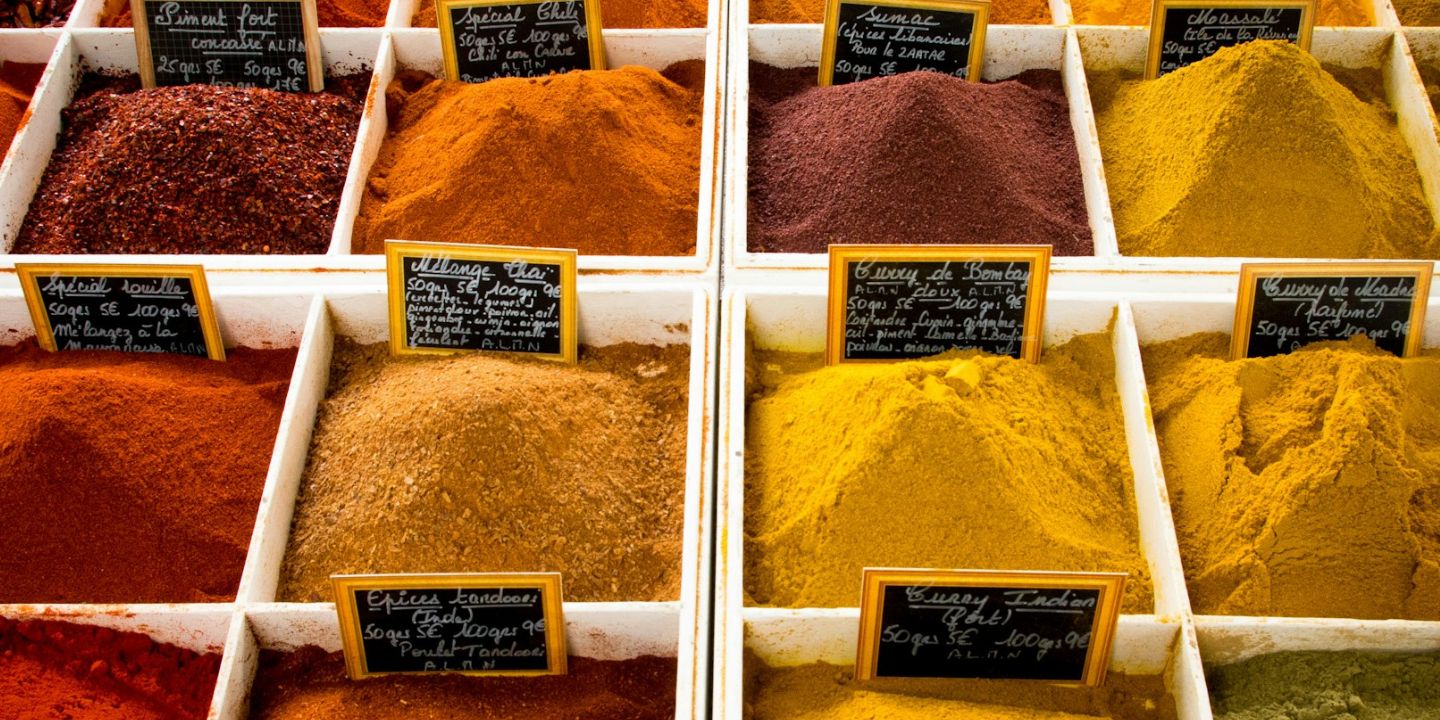Forgotten Foods: 20 Historical Dishes That Time Erased From Our Memories
A Blast From The Past
You can’t say our ancestors didn’t have interesting flavor palettes, and some of these meals are prime examples of how food has evolved over the years. That said, humans have always done what they had to do to survive, but our excitable manner and constant desire for more have led many of these dishes to be lost to antiquity.
1. Silphium
Also known as laserwort, silphium is an unidentified plant that was driven to extinction between 96 and 79 BCE. It was said to be used in food seasoning, as a perfume, an aphrodisiac, and as medicine during antiquity. During its peak, the plant was considered highly valuable and was praised by poets and singers at the time.
2. Turtle Soup
Turtle soup, or terrapin soup, is made by cooking turtle meat in various types of broth. Turtle meat becomes gelatinous once cooled, and is viewed as a delicacy across several cultures worldwide. While variations of this soup are still made today, the traditional turtle soup has declined in popularity due to concerns for the turtle population.
3. Posca
Considered a lower-class drink during ancient Rome, posca was made by mixing water and wine vinegar. Unsurprisingly, the drink was quite bitter and less palatable than the standard wine made at the time. The drink also included cumin, fennel seed, pennyroyal, celery seed, anise, thyme, scammony, and salt.
4. Mammoth Steak
According to recent archaeological studies, it's been confirmed that ancient Americans did eat mammoths. The Native American group known as the Clovis people lived about 13 thousand years ago, and it's said that they relied heavily on mammoth meat for survival during the last Ice Age.
5. Medlar
Still grown today in areas of the world, humans started cultivating medlar at least 3 thousand years ago. It was grown in regions of modern-day Iran, Southwestern Asia, and Southwestern Europe. It’s said that the fruits have a tangy and sweet taste with notes of cinnamon, vanilla, apple, and citrus.
6. Whale Steak
While whaling is illegal in most parts of the world, certain parts of Iceland, Norway, Japan, and certain Arctic Indigenous communities still prepare this dish. You can eat whale meat grilled, raw, salt-cured, or in stew, soups, and hot pots.
7. The Capon
The capon is an ancient Roman delicacy that features a castrated male chicken. This meal came about when an ancient law was passed against fattening hens, and it was typically only served to kings, clergy, and other wealthy notables in society.
8. Dormice In Honey
The dormice are a type of rodent found in Africa, Asia, and Europe, and are named for their long hibernation periods. The Romans cooked dormice by stuffing them with nuts and spices, roasting them, and glazing them in honey and poppy seeds. They were also seen as a symbol of wealth and power, typically only reserved for the most elite.
9. Pig Udders
Another ancient Roman delicacy, pig udders were considered prized cuts of meat. Typically, the udder was stuffed with spiced sea urchins, sewn up and cooked, and served with a mustard sauce. During its popularity, this dish was considered an appetizer at a feast.
10. Pigeon Pie
A common practice in Spain during the 14th century, pigeon pie gained popularity in French, English, and Moroccan cuisine during the Middle Ages. It was also used as a traditional dish for American Thanksgiving in the early 19th century. Due to the extinction of the passenger pigeon, this dish has declined in popularity.
11. Anfu Ham
Gaining popularity in China during the Qin dynasty (221-206 BCE), Anfu ham is a dry-cured meat that is named after the town it originated from. The meat was shaped like a willow leaf and was red in color. It was also well-known for its flavor and long-term edibility, and is considered one of the oldest documented Chinese cured hams.
12. Ulundhu Kali
This pudding dish originated from Southern India and was revered for its health benefits. Composed of urad dal (a type of lentil), raw rice, palm jaggery syrup, and gingelly oil, the pudding is said to strengthen bones, improve metabolism, and lessen the negative effects of menstruation. Due to these benefits, this meal has started regaining popularity.
13. Flamingo Tongue
These pink birds were considered a status symbol of ancient Rome, and their tongues were a rare delicacy. It’s said that the tongues were exceptionally tasty, and platters of them were brought out at feasts as a demonstration of wealth.
 Alejandro Contreras on Unsplash
Alejandro Contreras on Unsplash
14. Garum
A large part of ancient Roman cuisine, Garum was essentially a fermented fish sauce. The Romans fermented fish in salt and let it sit in the sun for months at a time. It was then used to add an umami flavor to a variety of dishes.
15. Apician Jelly
Prepared similarly to modern jello salads, apician jelly was a savory meal that contained chicken, calf brains, vegetables, and eggs. The ingredients were suspended in a jellied broth and chilled before serving, and were typically served with a dressing.
16. Ansault Pear
The absolute pear was known for its buttery, sweet flavor and delicate scent. It’s been described as a dull green color that ripened to a yellow, and had an irregular shape compared to the pears seen today. Unfortunately, the pear went extinct around the early 20th century.
17. Aurochs
Aurochs are an extinct species of bovine that lived across Europe, Africa, and Asia. The animal was revered for its power, sexual potency, and prowess in Near East religions, and was thought to be domesticated during the Neolithic Revolution in the Fertile Crescent. However, the last of the aurochs went extinct in the 17th century after centuries of human interference.
 Charles Hamilton Smith on Wikimedia
Charles Hamilton Smith on Wikimedia
18. Dodos
The tragic tale of the dodo bird goes back to the 16th century, when humans arrived on the island of Mauritius. Their meat was not usually sought after, as it was considered tough and unpalatable, and was even given the nickname the “repulsive bird” because of it. While humans didn’t eat the dodos to extinction, the introduction of invasive species and continuous habitat destruction is what left us dodo-less by the late 17th century.
19. Taliaferro Apple
Grown by Thomas Jefferson in Virginia, the Taliaferro apple was well-known for its juicy flavor and alcoholic drink capabilities. Jefferson himself said that the cider made from this apple was the best apple cider he ever tasted, and he began production on a hard cider after the fact. It’s said that eventually his small cultivation efforts failed, and the apple was lost to history.
20. Great Auks
Great Auks were a primary food source for Native American groups and early European explorers. Due to their inability to fly and breeding habits, they were considered easy for humans to catch and were used for their meat, bait, fat, oil, and feathers. Due to this intense exploitation by Europeans, these flightless birds were completely extinct by the mid-19th century.
KEEP ON READING

20 Foods With Shocking Origins You'd Never Believe

20 Fun Drinks To Make That Just Scream Summer
























